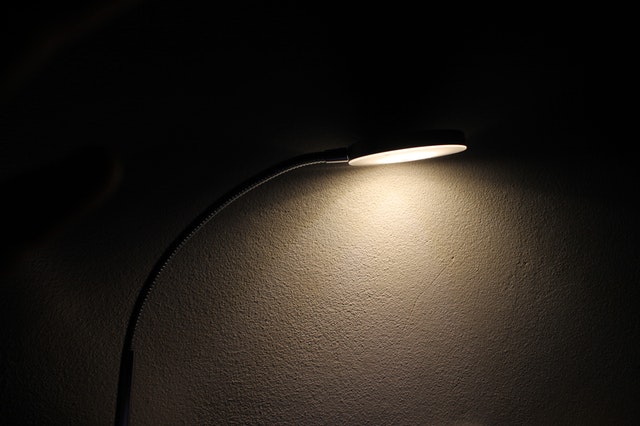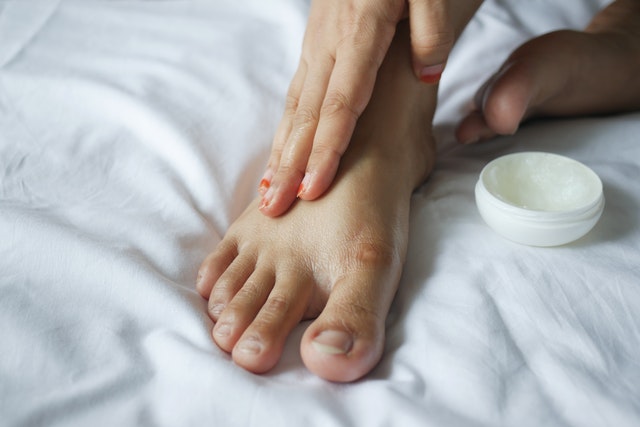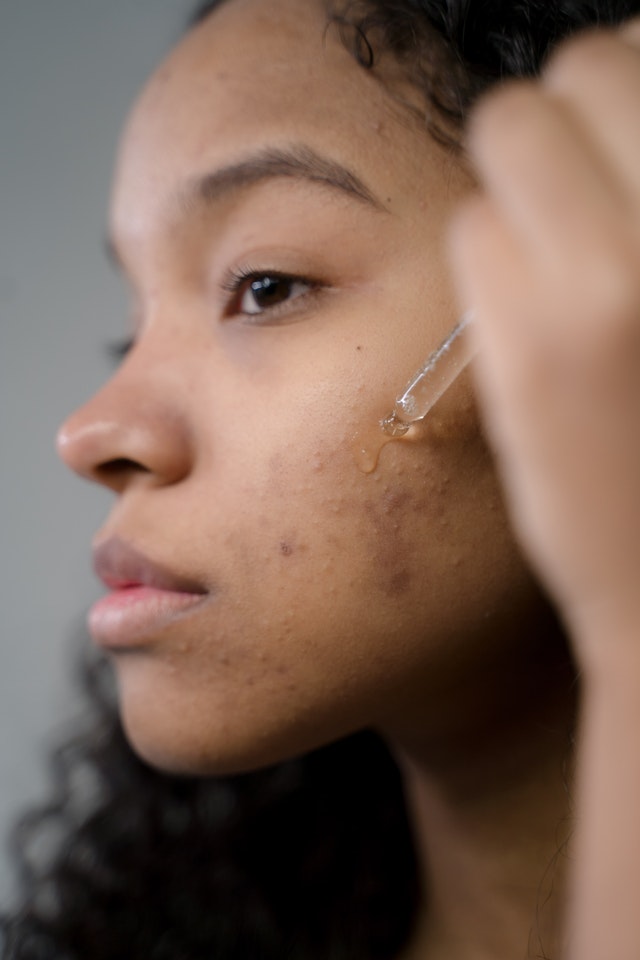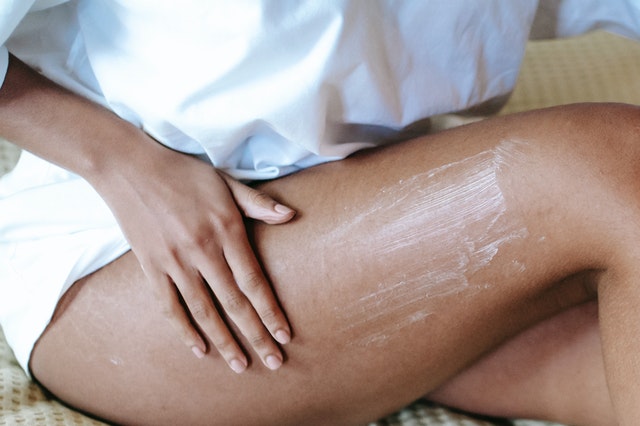While there are many reasons to love the fall and winter, primarily holidays and presents, the seasonal shift can lead to emotional problems. The lack of sunlight in the winter months is tied to seasonal depression or seasonal affective disorder.
The symptoms of SAD tend to follow the changes of the seasons. Most people who experience the conditions begin experiencing mood swings and fatigue that start in the fall, continue through the winter, and end in early spring.
The treatments for SAD range from psychotherapy to medications to light therapy or phototherapy. Phototherapy is the first line of defense against SAD, and it involves special light boxes that mimic the sun.
The problem is not all sun lamps are effective for phototherapy, so you should speak to your doctor before purchasing one. However, if you would like to narrow down your search before talking to your doctor, there are several things you should consider.
1. Specifications

Sun lamps should be comfortable to sit in front of for a minimum of 20 minutes per day. Therefore, you might want to opt for a glare-free light or one that can be placed on a downward angle to reduce or eliminate eye strain.
Additionally, you will want a lamp that generates a minimum of 10,000 lux, approximately 20 times greater than most indoor lights and lamps. It would be best if you also looked for a sun lamp that produces a cool-white fluorescent light.
2. Safety

While a sun lamp can help combat SAD, you want a light that filters out UV light. Do not go by website descriptions alone. Make sure the box specifies the lamp is UV-free. UV light can damage the skin and the eyes.
Lamps used to treat skin conditions are not the same as those meant to treat SAD. Lamps for mood disorders are much brighter, so make sure the light is intended for seasonal affective disorder.
3. Size

On average, you want to find a sun lamp with a light surface between 12 and 15 inches. Typically, the larger the surface, the higher the output. Larger lamps can also provide users with more versatility, allowing them to move further away from the light while maintaining the benefits.
Smaller lights are still effective, but you often need to use them more often. Small lamps are also easier to travel with, making them ideal for people who travel and experience jet lag.
4. Preference

When selecting a lamp for light therapy, you will want to consider your personal needs. For instance, will you be using the lamp while working or after getting off a long flight? Knowing how you will use the light will help you identify specific models.
5. Recommendation

One of the best sun lamps on the market is the Carex Day-Light Classic Plus light therapy lamp. The surface area is large, 15.5 by 13.5 inches, and it is a 10,000 lux light. Additionally, the stand is adjustable, and the light can be placed in a downward position to prevent glare. At just over $100, the lamp sits in the middle of the pack.
SAD is a legitimate condition that occurs because of seasonal changes. A sun lamp can help prevent some of the many symptoms of the winter blues, including boosting your energy. Talk to your doctor about your symptoms and ask if a sun lamp would be a worthwhile purchase.
Do you experience the winter blues? If so, how do you cope?






